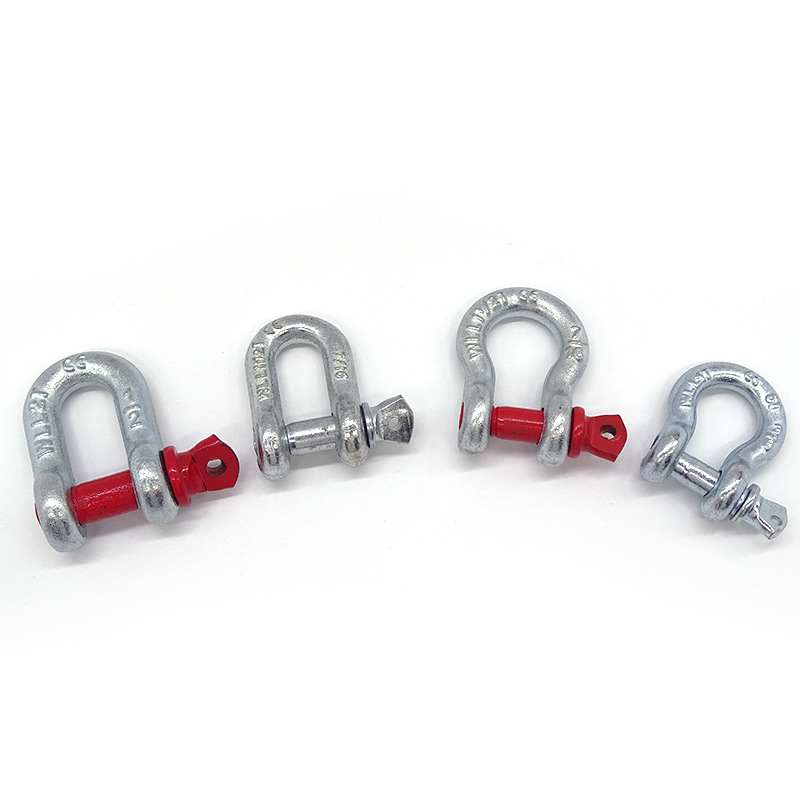News
nov. . 27, 2024 23:03 Back to list
Custom Integrated Rigging Solutions for Enhanced Performance and Versatility
Custom Combined Rigging A Comprehensive Overview
In the realm of engineering and construction, the term rigging holds significant importance. It encompasses the methods and equipment used to lift, move, and position heavy loads with precision and safety. As industries advance, the need for customized solutions has led to the emergence of custom combined rigging. This innovative approach integrates various rigging techniques and equipment to meet specific project requirements, enhancing efficiency and safety in operations.
Understanding Rigging
At its core, rigging involves the use of ropes, cables, pulleys, and other hardware to lift heavy objects. It plays a critical role in diverse industries, including manufacturing, shipping, construction, and entertainment. The fundamental goal of rigging is to ensure the safe and efficient movement of materials or equipment, reducing the risk of accidents and optimizing workflow.
The Need for Customization
Standard rigging solutions may suffice for many applications, but projects often present unique challenges that require tailored approaches. For instance, the weight, shape, and fragility of an object can influence the choice of rigging equipment. Additionally, spatial constraints and environmental factors, such as wind or uneven terrain, necessitate customized solutions.
Custom combined rigging involves the integration of different rigging systems to create a unique setup tailored to the specific needs of a project. This might include combining elements like wire ropes, chain hoists, and spreader bars or utilizing specialized rigging hardware designed for particular loads or lifting conditions.
Benefits of Custom Combined Rigging
1. Enhanced Safety One of the primary advantages of custom combined rigging is the improved safety it offers. Tailoring rigging setups to match the specific load and conditions minimizes the risk of failure and accidents. Properly designed systems account for factors like load distribution and potential environmental hazards, ensuring a safer workplace.
2. Increased Efficiency Customized rigging solutions streamline lifting processes, allowing for quicker and more efficient operations. By employing the right combination of tools and techniques, workers can save time and reduce the effort required to move heavy loads, leading to enhanced productivity.
custom combined rigging

3. Versatility Custom combined rigging can adapt to various applications and environments. Whether lifting construction materials, positioning heavy machinery, or setting up stage elements for a live performance, a customized approach ensures that rigging systems can handle diverse tasks with ease.
4. Cost-effectiveness While custom solutions may require a higher initial investment, they can lead to long-term savings. A well-designed rigging system minimizes the likelihood of accidents that could result in costly damages or injuries. Moreover, increased efficiency can translate to reduced labor costs and project timelines.
Implementation Process
To implement custom combined rigging effectively, several steps should be followed
1. Assessment Evaluate the specific requirements of the project, including load characteristics, environmental conditions, and spatial constraints.
2. Design Collaborate with rigging experts to design a custom solution that integrates various rigging components and techniques, ensuring compatibility and safety.
3. Testing Before deployment, conduct thorough testing of the rigging system to verify its performance under expected conditions.
4. Training Ensure that all personnel involved in the rigging operation are adequately trained on the specific custom setup, emphasizing safety protocols and operational procedures.
Conclusion
Custom combined rigging represents a significant advancement in the field of rigging and lifting technology. By embracing tailored solutions, industries can enhance safety, efficiency, versatility, and cost-effectiveness in their operations. As projects continue to grow in complexity, adopting custom approaches to rigging will be essential in meeting the diverse challenges that lie ahead. The future of rigging is not only in standard practices but in the innovative customization that caters to specific industry needs.
